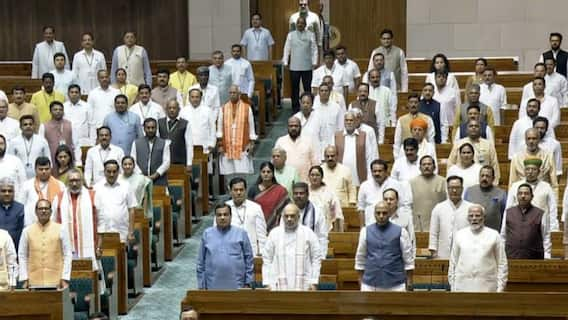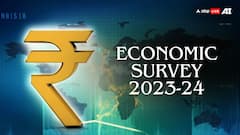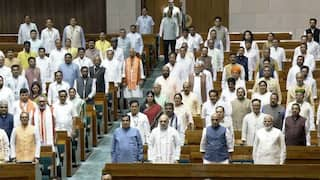Inflation Momentum Softer Than Anticipated: RBI's State Of The Economy Report
The report highlighted that the first-quarter GDP growth of the current financial year will be primarily propelled by private consumption and rural demand

The Reserve Bank of India’s (RBI’s) State of the Economy report on Monday said that consumer price index-based inflation, which dropped below 5 per cent in April, for the first time since November 2021, demonstrated the central bank’s monetary policy decision. In the April review of the monetary policy, the six-member monetary policy committee (MPC) decided to keep the interest rate unchanged while maintaining the withdrawal of accommodation stance.
“The CPI inflation print for April 2023 indicates that momentum is turning out to be softer than anticipated on account of a fall in wheat prices, the fifth consecutive monthly decline in prices of oils and fats and the third consecutive monthly decline in the prices of eggs,” the report authored by the RBI staff, including Deputy Governor Michael Patra said.
Headline inflation moderated sharply to 4.7 per cent in April 2023 from 5.7 per cent in March.
“The most heartening development is the easing of headline inflation below 5 per cent in April 2023, occurring as it has for the first time since November 2021, vindicating the monetary policy decision of April 8, 2023 and the stance. This has come as a welcome relief,” the report said.
The report highlighted that the first-quarter GDP growth of the current financial year will be primarily propelled by private consumption and rural demand.
“In the first quarter of 2023-24, growth is expected to be driven by private consumption, supported by reviving rural demand, and renewed buoyancy in manufacturing on easing of input cost pressures,” it said.
Also Read: FEMA Change Will Bring Overseas Credit Card Spending Under RBI's LRS
According to the report, the revival of rural demand is progressing due to positive developments in both the Kharif marketing season of 2022-23 and the Rabi marketing season of 2023-24. Additionally, the services sector, particularly contact-intensive sectors, continues to show resilience, and inflationary pressures are moderating. The report also expects an improvement in investment activity, driven by increased capital expenditure in public spending and a decrease in commodity prices. It further states that domestic economic conditions in April and the first half of May 2023 have sustained the momentum observed in the previous quarter of 2022-23.
The report acknowledges that the economy has maintained its momentum in the fiscal year 2023-24. Based on available partial data for April 2023 and assuming a GDP growth rate of 5.1 per cent for Q4, 2022-23, the economic activity index projects a GDP growth rate of 7.6 per cent for Q1 of 2023-24. It also emphasizes that with manufacturing capacity utilization reaching and even surpassing trend levels in some industries, private capital expenditure needs to strengthen in order to expand capacity as demand increases. The report further highlights that the manufacturing sector as a whole is expected to benefit from the easing of input cost pressures.
“If services exports maintain their recent high profile, the drag from net external demand should moderate through April-June 2023. Domestic service sector activity will continue to be led by the rebound in contact-intensive services and the resilience in construction activity,” it said.
The report highlights that corporate earnings have exceeded consensus expectations, particularly in the banking and financial sectors, driven by strong revenue performance and robust credit growth. It also notes that the global economy is currently navigating the challenges of slowing growth and high inflation, which has created a sense of uncertainty in global financial markets. The markets are eagerly awaiting clearer signals from policy authorities regarding banking regulation, supervision, and the details of deposit insurance.
In conclusion, the report emphasizes the need for policy frameworks to be forward-looking, considering the time delays in the transmission of policy effects to the broader economy.
“Forecasts play a central role in these frameworks. They provide a glimpse of the future, based on everything we know today and our best judgment, and perform the role of intermediate variables – they capture a reflection of the goal variables,” it added.
IPL Auction 2025
Top Headlines
Trending News







































